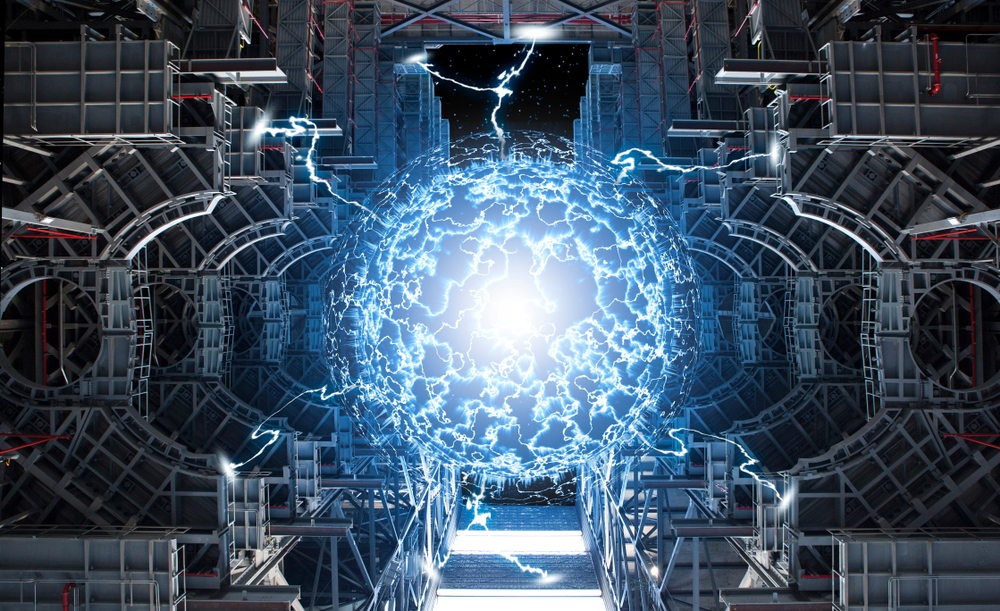
December 13, 2022, marks a significant breakthrough for nuclear fusion – a topic of immense interest for decades. Nuclear scientists and enthusiasts worldwide rejoiced at the success of the nuclear fusion experiment that achieved ‘ignition’ – more output energy was yielded than what was consumed to initiate the reaction. The landmark achievement followed decades of immense research, which now provides a new direction to the clean energy industry around the world.
To harness this energy for commercial use, the next step would be to reproduce this result and work towards optimization to enhance the outcome further. However, there is much to be done technologically to achieve this goal. Therefore, let us look at where nuclear fusion ignition technology stands today and explore its future potential.
Nuclear Fusion Ignition – What Does it Mean?
The concept of nuclear fusion involves combining two or more atomic nuclei to form a heavier atom. This process releases energy that, if successfully harnessed, can be a limitless source to clean energy. But, a massive amount of energy input is required to achieve the nuclear fusion process conditions like the 10 million Celcius – the temperature where fusion occurs. This is why ignition is a big deal.
Ignition refers to the point in a nuclear fusion reaction when the net energy gained from the reaction is more than the energy invested in running them. For example, the recent experiment at the Lawrence Livermore National Laboratory (LLNL) used 192 lasers to blast 2.05 megajoules of energy into a small cylinder containing a mixture of deuterium and tritium (hydrogen isotopes). The laser pulses facilitated the increase in temperature and fusion of hydrogen isotopes with helium, releasing energy. The experiment, in turn, produced 3.15 megajoules of fusion energy.
However, the magnitude of energy released should be multiple folds if the fusion energy were to be harvested successfully. But this also means an increased laser pulse intensity, nuclear chamber’s capability, and other technological improvements.
Nuclear Fusion Technology – What Does the Future Look Like?
Scientists are just beginning to unearth the complexity of the fusion process. The first working laser was invented in 1960, and scientists are still working towards making the ignition process more powerful and energy-efficient. The infrastructural and diagnostic needs for the ignition mechanism are still in the preliminary stage, making it difficult to conduct the large-scale reaction. In addition, the technology can only transfer about 30% of laser energy to the capsules.
On the fabrication side, several nuclear welding standards have been established to ensure the safe operation of components such as pressure vessels, piping systems, and generators. Orbital welding has been the ideal option so far to perform precision welding of these components. This welding process is also advantageous given the following features –
- Ability to weld a wide range of materials including Inconel and Titanium
- Precision control and optimization of weld parameters
- Perform clean and pure, high-quality welds
- Weld process monitoring and data acquisition ability for standardization
A Hopeful Future for Nuclear Fusion Ignition
The global race for harnessing the fusion energy has led to the development of advanced nuclear fusion technology in a comparatively short time. As a result, projects like ITER have commenced advancing nuclear fusion research to the next level. While scientists are experimenting with new and improved techniques for making the reaction bigger, safer, and more productive, technological and infrastructural advancements are also focusing on the same goal. Considering such immense efforts and groundbreaking milestones, the future of nuclear power is hopeful.
Arc Machines, Inc is an industry leader in advanced nuclear welding solutions. With its advanced orbital weld heads and welding machines, AMI has been supporting the infrastructural needs of the nuclear industry. With advanced technology and infrastructure, it is possible to turn the dream of industrial-level nuclear fusion ignition into a reality. For inquiries regarding products, contact sales@arcmachines.com. For service inquiries, contact service@arcmachines.com. Contact us to arrange a meeting.




